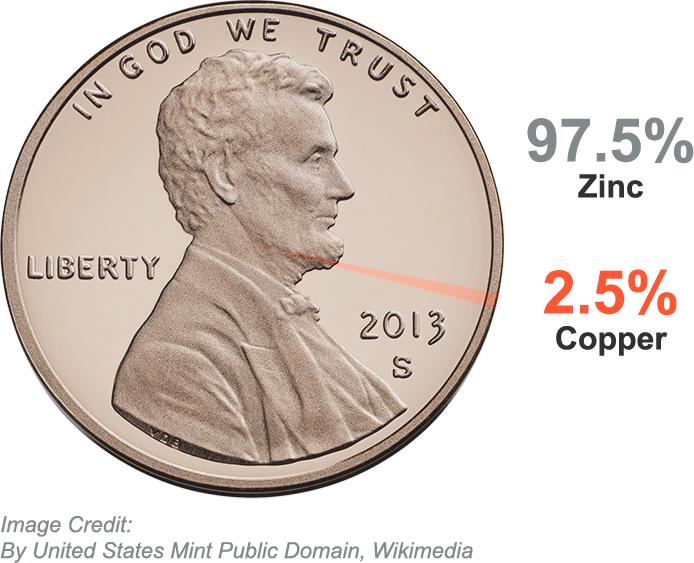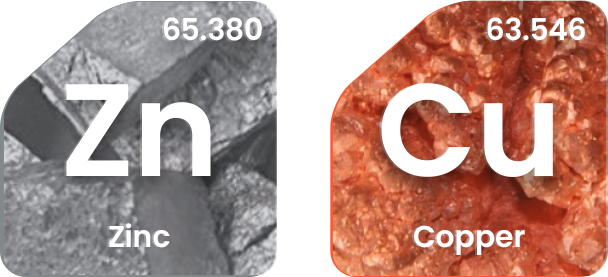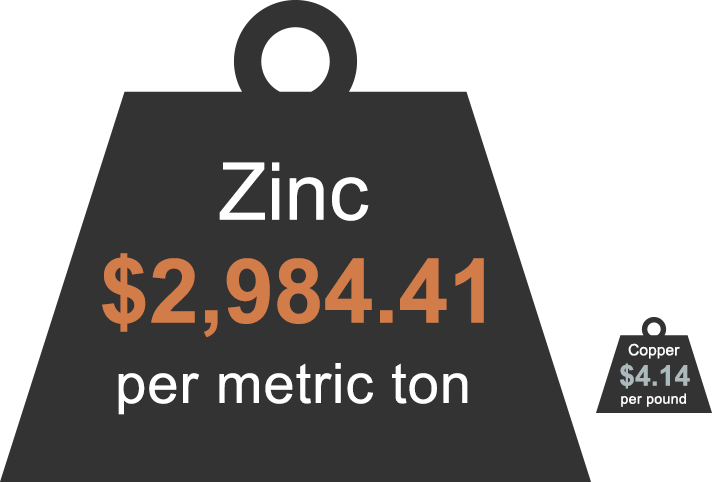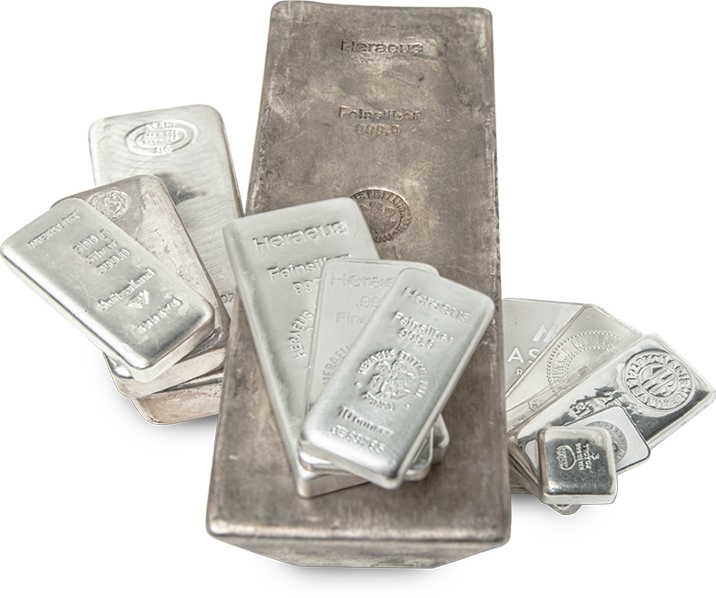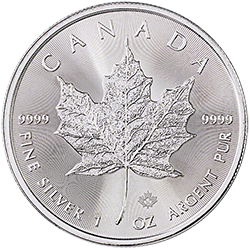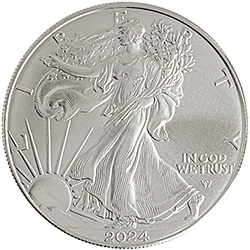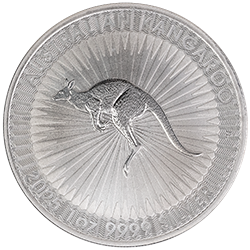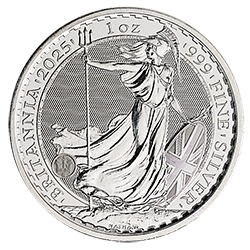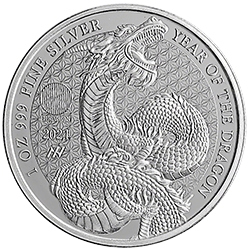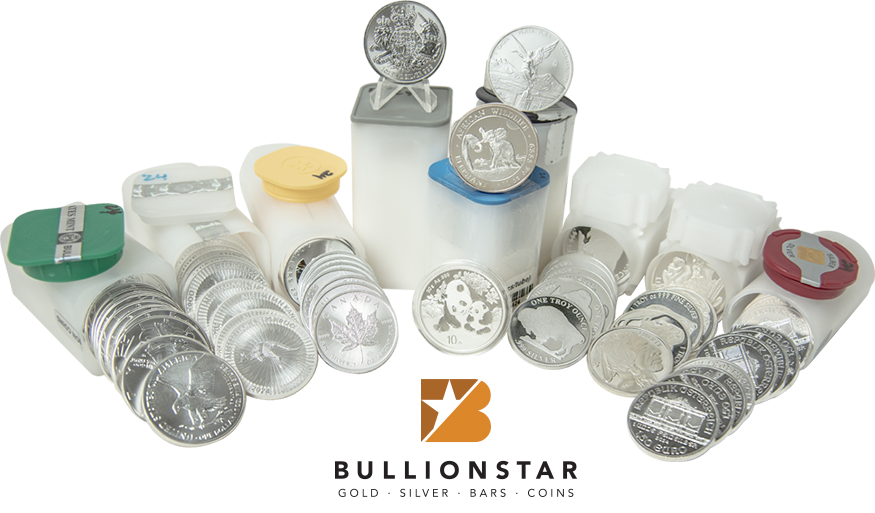What Are Pennies Made Of?
Penny Production Costs in 2025: Current Trends Show Prices Could Approach 3.5 Cents Per Penny!
Have you ever thought about what pennies are made of?
At first glance, it may seem like a minor coin, almost negligible in value. However, the cost to produce each penny actually exceeds its face value, which has led to debates about whether keeping the penny in circulation is worth it. Understanding the economics behind coin production offers fascinating insights—not only into the penny itself but also into the true value of metals in our currency system.
In 2024, the cost of producing a single penny reached 3.07 cents, and based on current trends in material and production costs, this could rise to 3.5 cents per penny in 2025. In fact, a 2023 report revealed that the U.S. Mint lost a staggering $179 million producing pennies and nickels alone, underscoring the inefficiency of minting these low-denomination coins.
In this article, we’ll break down the exact materials, costs, and surprising chemistry behind each penny. And, as we’ll see, unlike pennies, some coins offer a tangible return on investment. For instance, silver coins, with their intrinsic value and high purity, are not just a currency but a valuable asset. Let’s dive in!
What Are Pennies Made Of? The Materials Breakdown
Modern pennies are made from 97.5% zinc and only 2.5% copper, a composition chosen to minimize costs while maintaining the traditional look of copper coins. But despite these cost-saving efforts, the U.S. Mint still spends more than one cent to produce each penny. Let’s look at why.
Why Zinc and Copper? The Chemistry Behind the Penny
Zinc, the primary metal in pennies, is used because it’s more affordable than pure copper. The thin copper coating, meanwhile, preserves the classic copper appearance. But there’s more chemistry at play:
By using zinc with a copper coating, the U.S. Mint strikes a balance between durability, cost, and tradition—though it still costs more to produce than its value.
Bringing It All Together: How Much Does a Penny Weigh?
How Much Does It Cost to Make a Penny? Analyzing the Numbers
Despite efforts to reduce costs, producing a penny still costs more than its face value. In 2023, it cost the U.S. Mint approximately 3.07 cents to manufacture a single penny—over three times its value. These costs include raw materials, manufacturing, and distribution.
Why Does the U.S. Still Make Pennies?
The continued production of pennies remains a topic of debate in the U.S. Despite costing more to produce than their face value, pennies persist largely due to tradition, public sentiment, and lobbying efforts. Many Americans associate the penny with Abraham Lincoln and view it as a symbol of national history.

Additionally, some businesses and consumers worry about the impact of rounding prices to the nearest nickel if pennies were eliminated. However, the influence of the zinc lobby also plays a significant role.
Since pennies are made primarily of zinc, lobbying by the zinc industry has helped maintain the coin’s production, ensuring demand for their product. Critics argue that the economic inefficiency of minting pennies outweighs sentimental and industrial reasons, especially as electronic transactions dominate modern commerce. The debate highlights the tension between historical preservation, financial practicality, and industry interests.
Alternatives to Pennies: The Value of Precious Metals Like Silver
While pennies may have little intrinsic value, other coins hold a real, tangible worth. Silver coins, for instance, are not only collectible but also a reliable form of wealth. Unlike base metals, silver coins are composed of precious metal with lasting value. Here’s why silver stands out:
Interested in Silver? Here’s How to Start Investing
For those interested in exploring precious metals, silver coins are an accessible entry point. With purity levels typically ranging from 90% to 99.99%, they offer a tangible investment in a way pennies never could. At BullionStar, we offer a wide range of silver coins, perfect for anyone looking to add real value to their portfolio:
Why BullionStar?
Our silver products come with a purity guarantee, are globally recognized, and can be safely stored in our vaults. Whether you’re a first-time buyer or a seasoned investor, our team can guide you in selecting the right silver products to meet your goals.
Popular Blog Posts by BullionStar
 How Much Gold is in the FIFA World Cup Trophy?
How Much Gold is in the FIFA World Cup Trophy?
 Essentials of China's Gold Market
Essentials of China's Gold Market
 Singapore Rated the World’s Safest & Most Secure Nation
Singapore Rated the World’s Safest & Most Secure Nation
 Infographic: Gold Exchange-Traded Fund (ETF) Mechanics
Infographic: Gold Exchange-Traded Fund (ETF) Mechanics
 BullionStar Financials FY 2020 – Year in Review
BullionStar Financials FY 2020 – Year in Review
 Back-to-Back Records: BullionStar Sets New Highs in September and October 2025
Back-to-Back Records: BullionStar Sets New Highs in September and October 2025
 Jim Rogers on Gold, Asia, and the Future of Money
Jim Rogers on Gold, Asia, and the Future of Money
 Market Update: Physical Gold & Silver Shortages
Market Update: Physical Gold & Silver Shortages
 A Glimpse Inside BullionStar’s Precious Metals Vault
A Glimpse Inside BullionStar’s Precious Metals Vault
 Rick Rule on Why Gold Could Reach $10,000 as the Dollar Declines
Rick Rule on Why Gold Could Reach $10,000 as the Dollar Declines




 BullionStar
BullionStar 0 Comments
0 Comments